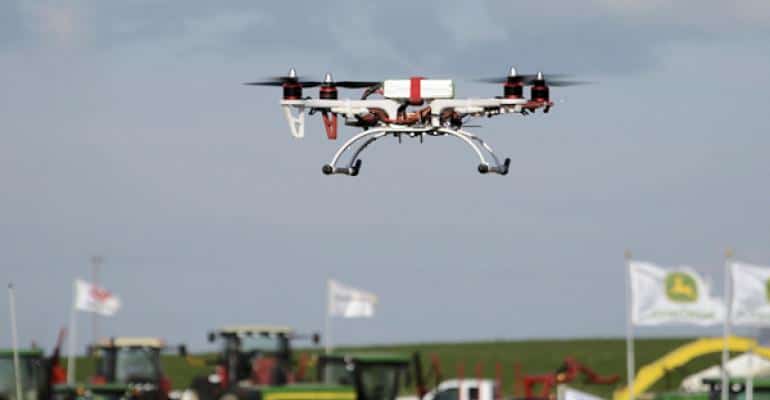A lot has changed in the livestock industry during the last few years. The new livestock industry technologies , where automation takes the centre stage, have a clear purpose: improving productivity in the livestock business and make the farmer’s life easier; all of this while making the most out of the available natural resources. In this article we go over some of these interesting technologies.
Main livestock industry technologies aimed at improving production efficiency
Air conditioning in farms has significantly evolved. The old fans are now a thing of the past. Today, the goal is improving as much as possible the farm’s environment to increase the animal’s wellbeing. Here, CLR has developed an important project for a national company dedicated to the electronic control of ventilation systems both for the livestock and the farming industry.
This project involved the design of a hypocycloid gear motor that could be adapted to the tubular space where it needed to be housed. Displacement systems governing farm ventilation are operated by a system of automatically controlled sensors.

Automated cameras
This camera operates under various light conditions and connects directly to the farmer’s computer, tablet or smartphone, where it issues relevant warnings.
The system that relays the information is based on probes located below the feeding trough, providing valuable information about the animals and their conditions in regards to solid and liquid nourishment.
This innovation was introduced at the Figan Fair in Zaragoza (Spain), which focused on livestock production.
LED lighting technology for farms
Finding energy-saving CFL lamps and CCF fluorescent tubes in industrial farms is more common than we think, with the drawback being their service life when compared to other solutions. As a way to achieve significant energy savings, LED lighting has been on the rise, but what are the advantages of using LED lighting? Their durability measured in hours is the main advantage of their operation; additionally, it doesn’t generate hazardous waste. For maximum efficiency, you should be aware of their LM/W ratio (the higher, the better).
One of the innovations in the livestock industry involves the use of drones for monitoring grazing in livestock production. These drones use infrared sensors and multi-spectrum cameras that allow them to perform interesting image captures from the air, therefore facilitating monitoring of grazing in livestock production in regards to animal population, animal health condition and biomass among other factors.

Automatic incubators for poultry farms
Another technology of the livestock industry in which CLR is involved. These incubator machines have gear-motor-operated panels, which allows them to rotate at the right speed for proper incubation of the eggs, exactly as a hen would do it. In this manner, the right heat and temperature are maintained.

Automated milking robots control and milk some 70 cows. While the animal consumes its feed ration through a sensor-controlled mechanical arm, the animal is milked. New robots have the ability to build a personal file for each cow, which allows for the control of their origin, age, milk quality or the animal’s health condition.
As you would expect, the main advantages of milking robots are their increased milk yield and cost reductions on labour.

CLR: electromechanical engineering for improving the livestock industry
CLR is up to date on the modernisation and automation process that the livestock industry is undergoing, and it is for this reason that it participates in the execution of multiple innovative projects in this sector. CLR’s engineering team develops high quality gear motors complying with the strictest standards to achieve solutions that offer greater performance and cost effectiveness for producers.
CLR’s electromechanical applications have been present for over two decades in various applications of the livestock industry: incubators, ventilation systems, aperture and closure of rationing feed troughs, etc. As we have seen, this industry is undergoing a rapid modernisation and digitalisation process. Thanks to this, new technologies are focusing on converting the farming activity into a viable sector for operations of all sizes.
At CLR we invite you to take a look at our free resource focused on the selection of gear motors and suppliers of actuator solutions, a highly interesting resource for anyone in the business of electromechanical engineering.











Great ideas for productivity.